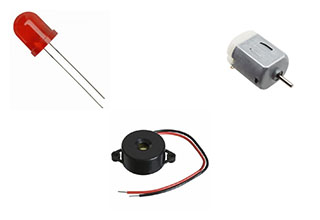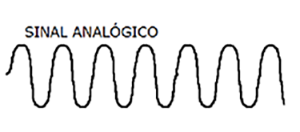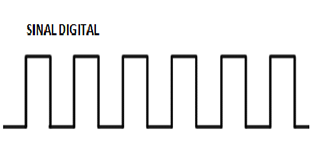Arduino - Introduction
Physical computing
The story of the Arduino microcontroller begins with the need to create a device that could somehow interpret our analog world and convert it into a digital format.
Tom Igoe professor of physical computing and networking is one of the cofounders of the Arduino platform, he was a pioneer in interpreting how the computer saw us (known Igoe Finger design).
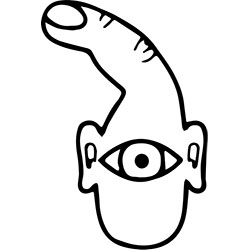 The interpretation of how the computer sees us
The interpretation of how the computer sees us
Reading the real world
For the microcontroller to be able to collect data from the real world, it needs to use sensors, these sensors can be varied such as a fingerprint reader, a temperature sensor, a button, a potentiometer, etc. The information that goes into the microcontroller - can be analog or digital.
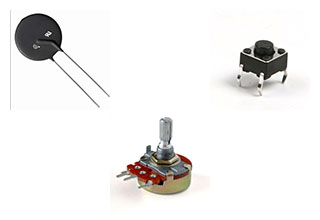
Writing the digital world
For the microcontroller to be able to return data, it needs to use actuators, these actuators can be varied such as a led, a buzzer, a motor, etc. The information comes out of the microcontroller - it comes out in digital form. But there is a way to simulate an analog signal into a digital output, this signal is known as "PWM".
